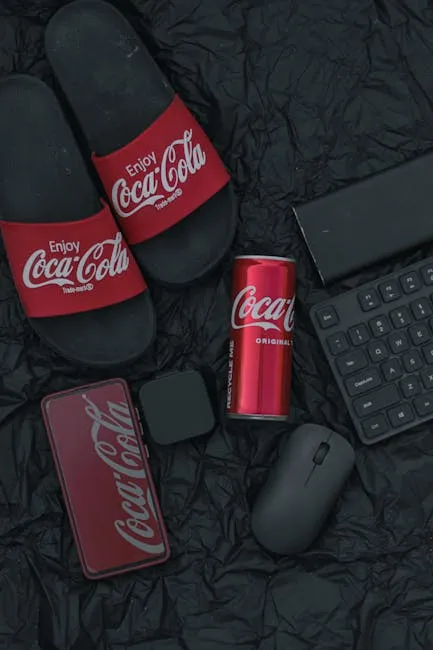OpenAI’s Trademark Challenge: The Implications of Naming Features in Tech
In the fast-paced world of technology, naming conventions can lead to unexpected legal challenges. Recently, OpenAI found itself in the midst of such a situation, concerning its use of the term “cameo” for a feature within its Sora app. The term, while seemingly innocuous, has been trademarked by another company, Cameo, which specializes in personalized video messages from celebrities.
Understanding the Conflict
The core of the issue lies in the trademark laws that protect brand names and their associated products. In this case, Cameo has established its brand identity around the term “cameo,” which it uses to describe its unique service. This creates a potential conflict when another company, such as OpenAI, attempts to use the same term for a different purpose. The implications of this overlap can lead to confusion among consumers and dilute the original brand’s identity.
The Importance of Brand Naming in Tech
For tech companies, the naming of features and products is not just a matter of creativity; it’s a strategic decision that can have far-reaching consequences. A well-chosen name can enhance user engagement, foster brand loyalty, and communicate the function of the feature effectively. However, as seen in OpenAI’s situation, it can also lead to legal disputes that necessitate changes in branding.
Potential Outcomes for OpenAI
As OpenAI navigates this trademark challenge, it may need to consider renaming the “cameo” feature in its Sora app. The rebranding process can be resource-intensive, requiring market research, user feedback, and marketing strategies to ensure a smooth transition. Moreover, any decision made will need to balance the desire for a catchy name with the legal implications of trademark rights.
Lessons Learned
This incident serves as a reminder for all tech companies about the significance of thorough trademark research during the product development phase. As the industry continues to grow and innovate, the competition for unique naming opportunities becomes increasingly fierce. Companies must ensure that their branding efforts do not infringe upon existing trademarks, which can lead to costly legal battles and reputational damage.
Conclusion
The situation with OpenAI and the “cameo” feature is a clear illustration of the complexities involved in naming products within the tech landscape. As the lines blur between different types of services, it is essential for companies to remain vigilant and proactive in their branding efforts. Navigating trademark laws is critical to safeguarding innovation and maintaining a strong market presence.
